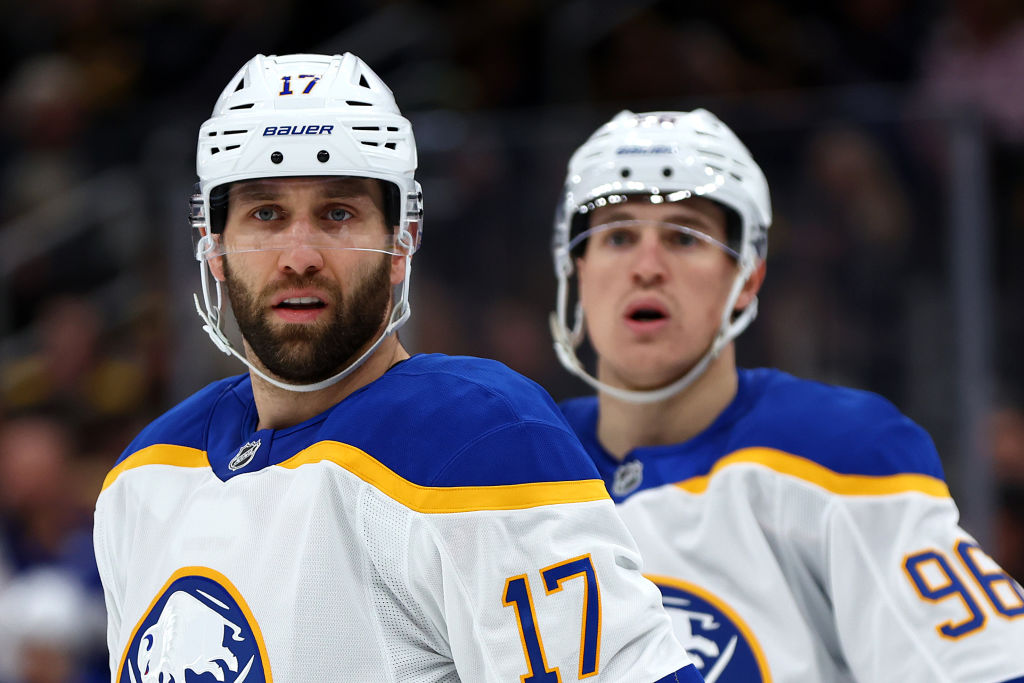Question: With the rise of NBA teams relying on homegrown talent and chemistry, is the era of star shopping officially over?
Emma: The Phoenix Suns, Los Angeles Clippers and Los Angeles Lakers all made first-round exits in this year’s playoffs. All three teams have been accused of “star-shopping”: Rather than developing draft picks, they’ve built their rosters with high-profile free agents and trades.
Evidently, it hasn’t paid off.
While scrolling through Instagram last week, I saw a post reflecting on the trade that sent Shai Gilgeous-Alexander to the Oklahoma City Thunder in 2019. Attempting to entice Kawhi Leonard during his free agency period, the Clippers traded five first round draft picks to the Thunder alongside SGA and Danilo Gallinari in exchange for Paul George.
With George’s production declining since his standout days on the Indiana Pacers, the trade posed enormous risk: If George didn’t perform, his contract would saddle the team with a costly burden.
Following the trade, the Clippers have made just one Western Conference Final. Since that lone appearance in 2021, they have only won three playoff games — let alone a series. With George, Leonard and James Harden growing older and more injury prone, the future doesn’t seem to be improving in Los Angeles.
The Clippers-Thunder trade embodies a greater trend across the league, where assembling an all-star lineup may bode for short-term success, but halts the long-term development of future homegrown talent needed to grow a cohesive team.
Neil: Modern day super teams in basketball can be traced to the “Showtime” Lakers, which played an exciting, up-tempo and flashy style of basketball under the glitz and glamor of Hollywood from 1979 to 1991. Led by the trade acquisition of Kareem Abdul-Jabbar and homegrown talent of Magic Johnson and James Worthy, they ended up winning five championships.
Similarly, the “Big Three” of Larry Bird, Kevin McHale and Robert Parish played together for the Boston Celtics until 1992 and won three NBA championships together. They were later described as the best NBA frontcourt of all time, with Bird and McHale drafted by the Celtics and Parish acquired via trade.
This so-called “Big Three Era” reached its crescendo when LeBron James famously “took his talents to South Beach” in 2010. There, he joined Chris Bosh, Dwyane Wade and Ray Allen (yes — that Ray Allen) to form a notable Big Four which produced two consecutive championships in 2012 and 2013.
This blueprint appeared to be set — complement good draft picks with well-chosen star signings.
However, not all manufactured big threes have been successful.
The Brooklyn Nets, Philadelphia 76ers, Suns, Clippers and the revamped Milwaukee Bucks are recent examples of unsuccessful trios. It takes more than acquiring marquee talent to win a “chip”; they are won by organizations top to bottom, embodying both stability and trust.
Emma: I think it is interesting to compare my dad’s take to mine, which examines the NBA through the lens of a different era. Today’s style of play focuses on spacing out the court with less emphasis on post activity and more reliance on dominance beyond the arc.
Scoring in transition and fluid ball movement require a cohesive team, meaning even the best players struggle to single-handedly take over games.
As proof, I look at this year’s Western Conference Semifinal series between the Denver Nuggets and the Minnesota Timberwolves, where traditional post players have pushed their game outside of the paint. Both Nikola Jokić and Karl-Anthony Towns score around the league-average 3-point percentage — a statistic that would be inconceivable in the days of Shaquille O’Neal and Hakeem Olajuwon.
Today’s NBA demands that players be more versatile and well-rounded, and in turn, places responsibility for success on a team’s ability to play together and alternate roles.
I’m much less sympathetic to the idea of super teams than my dad, but that’s because I’ve lived through a far greater ratio of misses to hits. With the right chemistry between home grown talent and thoughtful consideration of who to add to the mix within a stable organization, I find myself more sympathetic to the cause.
Neil: Even the dynastic Golden State Warriors sans Kevin Durant, with home grown talent in Steph Curry, Klay Thompson and Draymond Green, were complimented by veteran “role players.”
In the fluid, fast-paced NBA where no lead is safe, it’s often the 7-9 player rotation (in other words: the whole team) which dictates success. Trust and relationships are critical, which extends to the coaching and front office staff.
We can look at the most recent iteration of the Bucks and the “bubble” Lakers — who despite having mostly the same core of players, have played musical chairs with the coaching staff. To date, none of those moves have been successful.
Similarly, the Suns as an example with three “all-NBA” caliber players, have also made multiple coaching moves to no avail.
This year we have clearly seen which model works, with the NBA’s playoffs whittled down to Dallas, Minnesota, Indiana and Boston — four teams greater than the sum of their parts.
Check back next week for our column on Formula 1 and Red Bull dominance.











